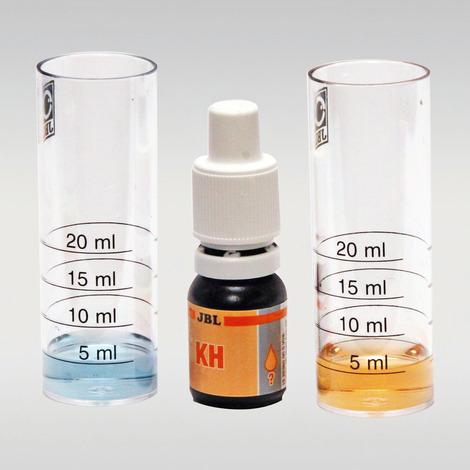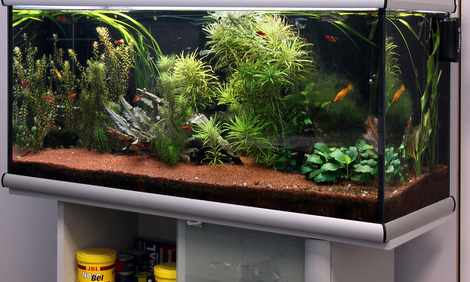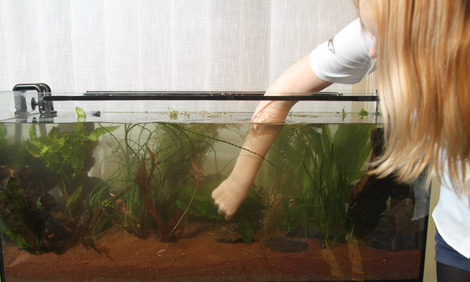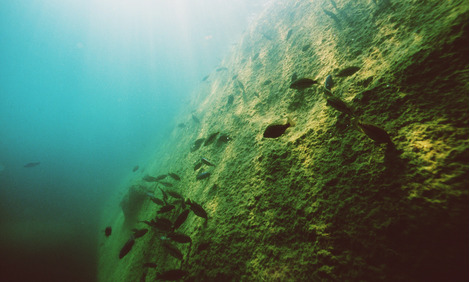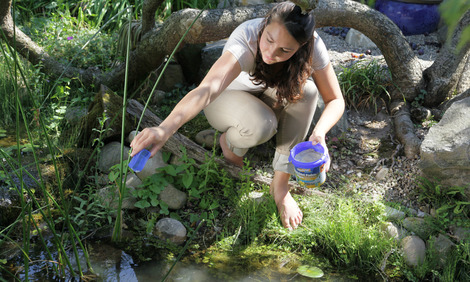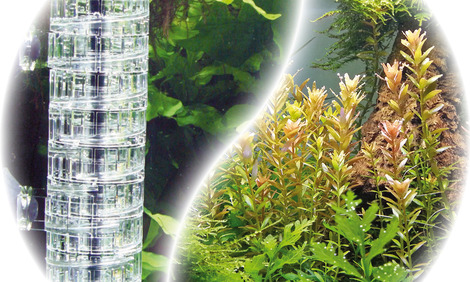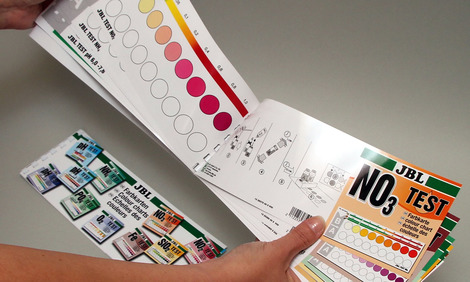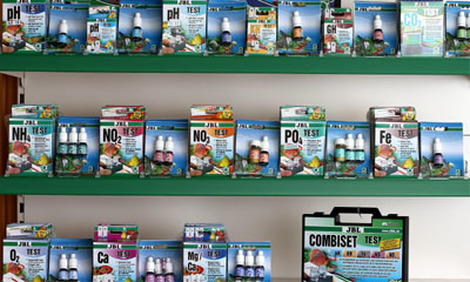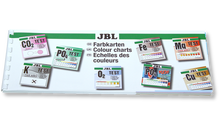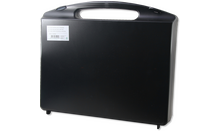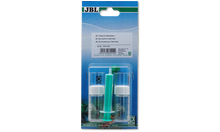Healthy aquarium/healthy pond with conditions close to nature
The right water values are dependent on the fish stock and the plants in the aquarium/pond. Even if the water looks clear it can be contaminated. With bad values diseases or algae can appear in the aquarium/pond. To maintain a healthy aquarium/pond with conditions close to nature it is important to check and adapt the water values regularly.
For each water analysis JBL provides water tests in the form of quick tests or colour change tests. These determine a certain value or several values in one go. With these water tests you can recognise algae problems and negative nitrate, nitrite, potassium, magnesium values etc.
Why test?
The well-being of aquarium and pond dwellers and the growth of aquatic plants depend to a large extent on the KH level being kept as constant as possible. The carbonate hardness is one of the most important water values since it keeps the pH level stable. The KH should never drop below 4 °dKH.
JBL Online Laboratory
Regular control for a healthy aquarium/pond with conditions close to nature. Enter your water values into the JBL Online Laboratory and get an in-depth analysis of your values within seconds.
Recommended pH values:
Freshwater aquarium (community aquarium): 5-12 °dKH
Lake Malawi/Lake Tanganyika aquarium: 7-20 °dKH
Plant aquarium with few fish (aquascaping): 3-8 °dKH
Marine aquarium: 7-10 °dKH
Pond: 7-10 °dKH
JBL KH Test
Quick test to determine the carbonate hardness in freshwater and saltwater aquariums and ponds, KH Test
PROAQUATEST KH Carbonate hardness
- Simple and reliable control of water values in aquariums and ponds. Determination of the optimal carbonate hardness for freshwater and saltwater
- Colour change test: Fill plastic cuvette with water sample, add reagent drop by drop until colour changes from blue to yellow. Number of drops = level of carbonate hardness
- When to use: when setting up a new aquarium: once a week
- Online Laboratory: regular control for a healthy aquarium/pond with conditions close to nature. JBL has water tests in the form of quick tests or colour change tests for every water analysis. Testing aquarium water for healthy, clear water
- Package contents: 1 quick test, KH Test. Incl. reagent and plastic vial. Refill reagent avaiable separately
-
Archive
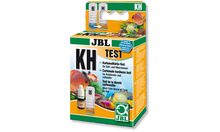 Content:
Content: -
Archive
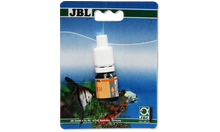 Content:refill
Content:refill

